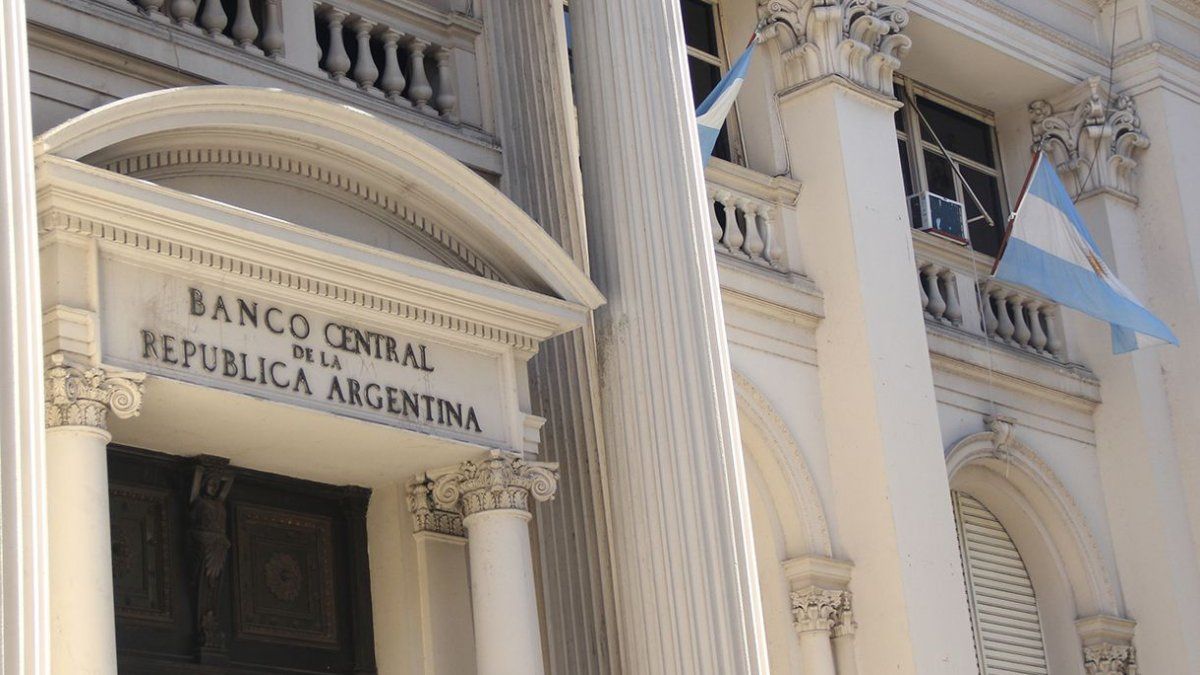He Central Bank (BCRA) reported this Thursday, through the SIOPEL system, that it ordered a new reduction in monetary policy rates of 10 points and took it to 60%. Thus, the monthly effective yield (TEM) becomes 5% monthly and the annual effective rate (TEA) is located at 79.6%.
Is about the fourth rate cut and the second in a month that applies the current management of BCRAin hands of Santiago Bausili. This will directly affect the banks’ fixed term offerwhich adjust the performance they offer to customers by the 30 day fixed term deposits depending on the one set by the BCRA for repos (the monetary policy rate).
Immediately after hearing the news, banks began to adjust their fixed term rates and they place it, at this time, between 50% (Banco Credicoop and Banco de Corrientes) and 61% (Banco Macro).
For him Eco Go economist Sebastián Menescaldi, the Government takes advantage of the slowdown in inflation, since the pace is faster than expected. It should be remembered that the expectation for April is around 9% and a core that could be between 7% and 5%. With this data on the table, it launches this strategy of lowering rates.
Lower rates: the BCRA strategy
“What the Government seeks is to attack two fronts at the same time: On the one hand, it can be a way of reactivate credit to the private sector so that liquidity go to loanswhich is a genuine way to end paid liabilities and, on the other hand, aims to improve the financial system because lower rates generate less incentive to continue in pesos and that can help reactivate the financial dollar, since it does not come the liquidation of agriculture is very strong,” Menescaldi evaluates in dialogue with Ambit.
And, as an official source warned this medium a few days ago, this responds to the fact that “the lowering of rates is not linked to the objective of controlling the evolution of the price index (CPI) as before, but is more in line with the dismantling of remunerated liabilities, with reductions in the quasi-fiscal deficit and with the objective of look at Treasury tenders“.
Thus, as pointed out the Economist Christian Butler, “he BCRA has given more than clear signs that what he is looking for is work jointly with the Treasury”. And the Government’s objective is to drive investments there and, with this new rate cut, make the low yield of debt instruments more attractive.
A little help from the BCRA to the Treasury
He explains that “it is no coincidence that I make this announcement just on the day that a new tender is being held” and assures that this makes it clear that what is proposed with the rates policy is “that the Economy can place debt and the pesos that exist today in the system can be liquefied.”
For the economist Federico Glustein“the idea is power accumulate dollars with stocks, liquidate debts and clean the balance of the BCRA“and points out that another of the objectives it is seeking is “for the pesos to go from the instruments to the real economy, to motivate reactivation through private credit and investment.” That is, to encourage the exit of repos, which yield little, to invest in the real economy.
On the other hand, Glustein points out that One of the side effects that this new rate reduction could generate is a rise in the parallel dollarbut points out that, “for now, it is not happening and that is because the market validates that future issuance will not grow,” and agrees with Menescaldi in pointing out that the BCRA “You are getting ahead of the inflationary slowdown that will come in the coming months” with this measure.
Source: Ambito
I am a 24-year-old writer and journalist who has been working in the news industry for the past two years. I write primarily about market news, so if you’re looking for insights into what’s going on in the stock market or economic indicators, you’ve come to the right place. I also dabble in writing articles on lifestyle trends and pop culture news.




